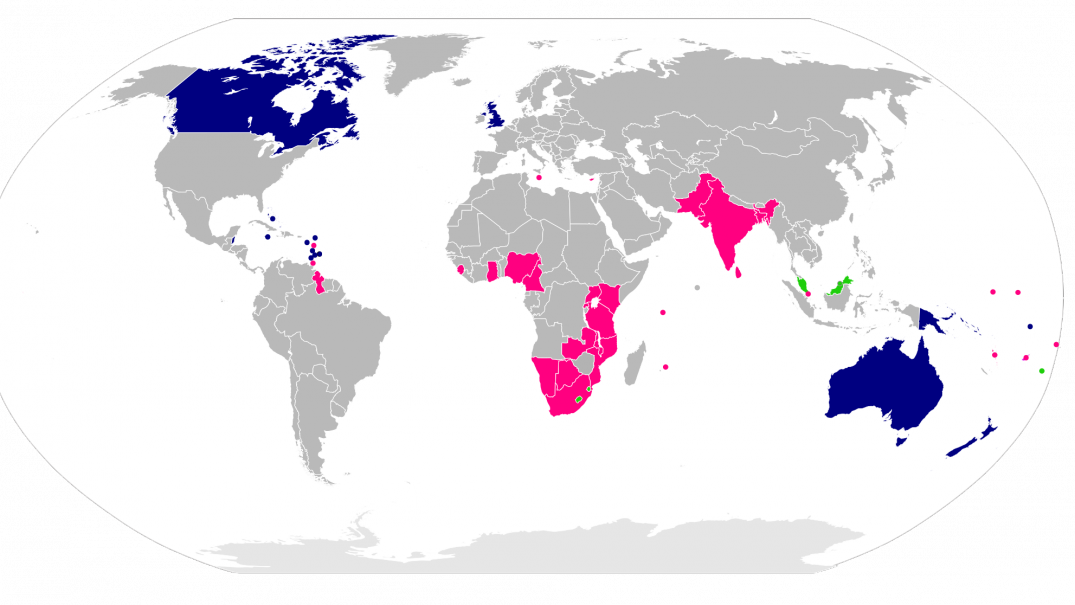In the world of politics, there are many forms of government that exist. Two of the most common forms of government are Commonwealth and Republic. Although they may seem similar, there are significant differences between the two. This article will explore the differences between Commonwealth and Republic.
What is Commonwealth?

Commonwealth is a political entity that is made up of countries that are formerly part of the British Empire. The Commonwealth is a voluntary association of independent states that are linked together by shared history, culture, and values. The head of the Commonwealth is Queen Elizabeth II, who is represented by a secretary-general.
The Commonwealth is not a political union or a federation, but a loose association of countries that work together on issues such as trade, economic development, and human rights. Members of the Commonwealth have no legal or constitutional obligations to each other, but they do share a commitment to democracy, human rights, and the rule of law.
What is Republic?

Republic is a form of government in which the country is ruled by elected officials rather than a monarch. In a republic, the people have the power to elect their leaders, who are responsible for making decisions on behalf of the country. The leaders in a republic are accountable to the people who elected them.
Most republics have a written constitution that sets out the powers and responsibilities of the government and the rights of the citizens. The constitution is the supreme law of the land and provides a framework for the government to operate within.
Key Differences Between Commonwealth and Republic

One of the key differences between Commonwealth and Republic is the head of state. In a Commonwealth country, the head of state is a monarch, while in a Republic, the head of state is elected by the people.
Another difference is the role of the constitution. In a Commonwealth country, the constitution is unwritten and is based on tradition and precedent, while in a Republic, the constitution is a written document that is the supreme law of the land.
Lastly, Commonwealth countries have a symbolic connection to the British Empire, while Republics do not have any connection to the British Empire.
Commonwealth Countries

There are 54 Commonwealth countries in the world. Some of the most well-known Commonwealth countries include the United Kingdom, Canada, Australia, and India.
Republic Countries

There are many Republic countries in the world. Some of the most well-known Republic countries include the United States, France, Germany, and China.
Conclusion
In conclusion, Commonwealth and Republic are two forms of government that have significant differences. Commonwealth countries have a symbolic connection to the British Empire, while Republics do not. The head of state in a Commonwealth country is a monarch, while in a Republic, the head of state is elected by the people. Additionally, the constitution in a Commonwealth country is unwritten, while in a Republic, the constitution is a written document that is the supreme law of the land.